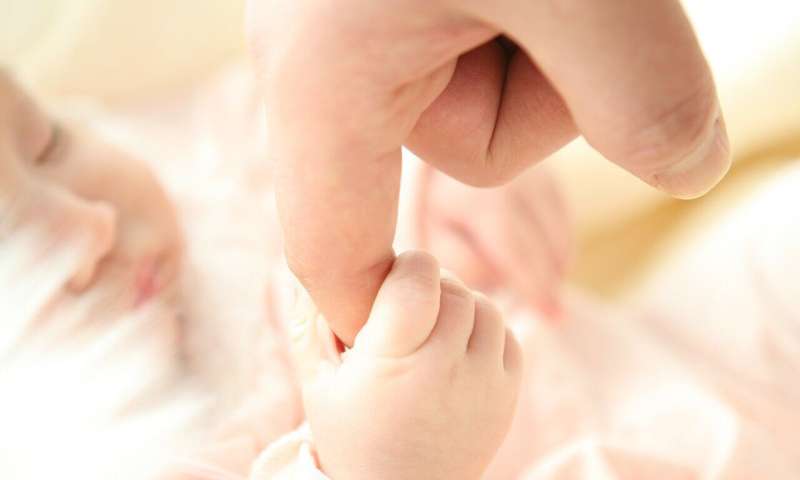3-D model lends hope for cloacal malformation

In so-called cloacal malformation (anal atresia), children are born without a rectal orifice or anus, or one that is malformed. This condition affects one in every 5,000 children. The congenital malformation can be corrected by a highly complex surgical operation. Researchers from MedUni Vienna have now developed the first 3-D model of a congenital cloacal malformation, for the first time allowing the endoscopic technique of cystoscopy to be used very realistically for examination, and the simulation of a real operation.
In a case of anal atresia, the anus has to be surgically reconstructed. The operation involves closing the external or internal fistula and reconstructing the anus in the center of the sphincter muscle. Depending upon the malformation, an artificial outlet has to be created for the colon.
Carlos A. Reck (Department of Surgery, Division of Pediatric Surgery), Ewald Unger (Center for Medical Physics and Biomedical Engineering) and Azadejh Hojreh have now reconstructed a 3-D model from the computer tomography data of a real malformation, which can be used to practice the difficult operation realistically—previously, junior doctors could only learn to do the procedure during actual procedures.
"The advantage of this model is that it allows pediatric surgeons and urologists to practice using cystoscopy and identifying the internal structures. In the future, models could be used not only to train surgeons in this rare condition, but also to practice the operation for a specific patient prior to the initial procedure. This will have a very positive impact upon the outcome for patients," says Carlos Reck.
The more precise the operation, the better the prospects for patients—this should improve even more in future, due to training sessions on the 3-D model, and prevent patients from suffering permanent incontinence or infertility.
About cloacal malformation
A distinction is made between forms of anal atresia that involve additional malformation and those that do not. For example, a fistula can occur between the rectum and urethra in boys and between the rectum and vagina in girls. So far, the causes are unknown, but it is presumed that genetic factors are mainly responsible. As a rule, the malformation is usually identified by the midwife directly after birth or by the paediatrician during the initial examination. It is hardly ever detected by ultrasound scans during pregnancy.



















